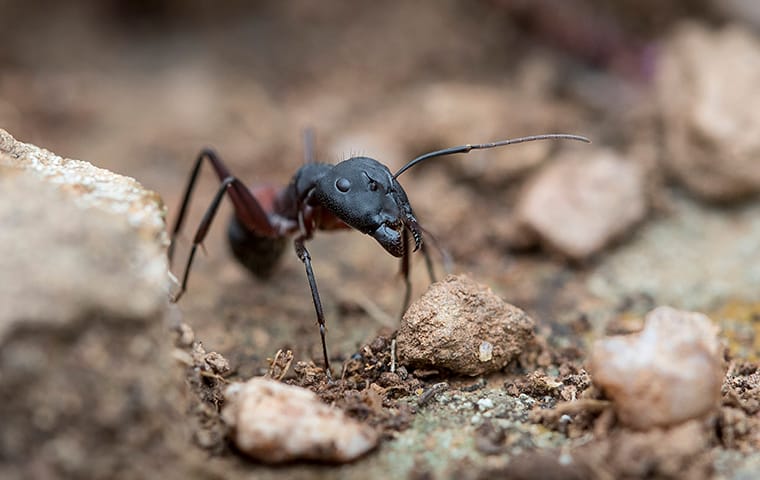A lot of different kinds of ants can live and breed in Texas, which has a varied and often hot temperature. From the busy cities of Houston and Dallas to the quiet areas of McKinney, these tiny animals can quickly become guests you do not want. Some ants are just a bother, but others can be harmful to your health or damage your home.
To effectively avoid and control ants in Texas, you need to know about the different types they come in. Hiring professional Exterminator Services in McKinney to get rid of ants from your McKinney home or business can be a smart move to protect your property and your peace of mind.
Common ant species in Texas.
Several types of ants really like the backyards and homes of people in Texas. Here are some of the most popular ones, broken down:
- Carpenter ants.
These are the big Texas ants; they are about ¼ to ½ of an inch long. You can get them in black, red, or a mix of the two. Carpenter ants do not actually eat wood, despite what their bad reputation says. Instead, they dig holes through wet or rotting wood to make complex nests.
A lot of damage can be done to houses by this digging, especially in the attics, crawl spaces, and around windows and doors. Watch out for movement at night and waists with only one section if you think they might be carpenter ants.
- Fire ants.
People who live in Texas know how painful it is when these reddish-brown ants bite. They are about 2 to 6 mm long, which is smaller than carpenter ants. Fire ants like open, sunny places and make big mounds in fields, parks, and lawns that can be seen. If you disturb a fire ant mound, they may attack in swarms, so be careful if you come across one.
- Argentine ants.
These ants are very small. They are light to dark brown and only about 1/8 inch long. Their huge number makes up for the fact that they are not very big. Millions of ants can live in Argentine ant colonies.
They like sweet things and often go into kitchens and stores to look for crumbs and sugary spills. Even though they are not aggressive, Argentine ants can be a bother and push out local ant species.
- Odorous house ants.
These small, light brown ants (about 1/8 inch long) are named such because of the strong, lemony smell they give off when they are crushed.
Odorous house ants are scavengers that eat a lot of different things, from sugar to grease. They are often found in the kitchen and bathroom because they can easily follow smell trails inside.
Identification marks beyond the size and color.
Even though size and color can help, a closer look is needed to get a more exact picture. Here are some more details to look at:
- Waistline
Most ants have a thin waist that separates their thorax (middle part of their body) from their belly (back part of their body). How many parts does this “waist” have? Carpenter ants only have one, while most other species have two.
- Antennae
Ants use their antennae to talk to each other and find their way. Watch how they are shaped. Are they straight like acrobat ants or curved like most ants?
- Wings
Some ants, especially those in the “reproductive” group, have wings. The front wings are bigger than the back wings, which makes them uneven.
It is always best to talk to a pest control professional about what kind of ants you have if you are not sure. They can help you figure out how to get rid of them.
By learning about the different kinds of ants that live in Texas and taking steps to keep them out, you can keep these tiny invaders out of your home and yard. This way, you can live peacefully with the state’s diverse ecosystem.




